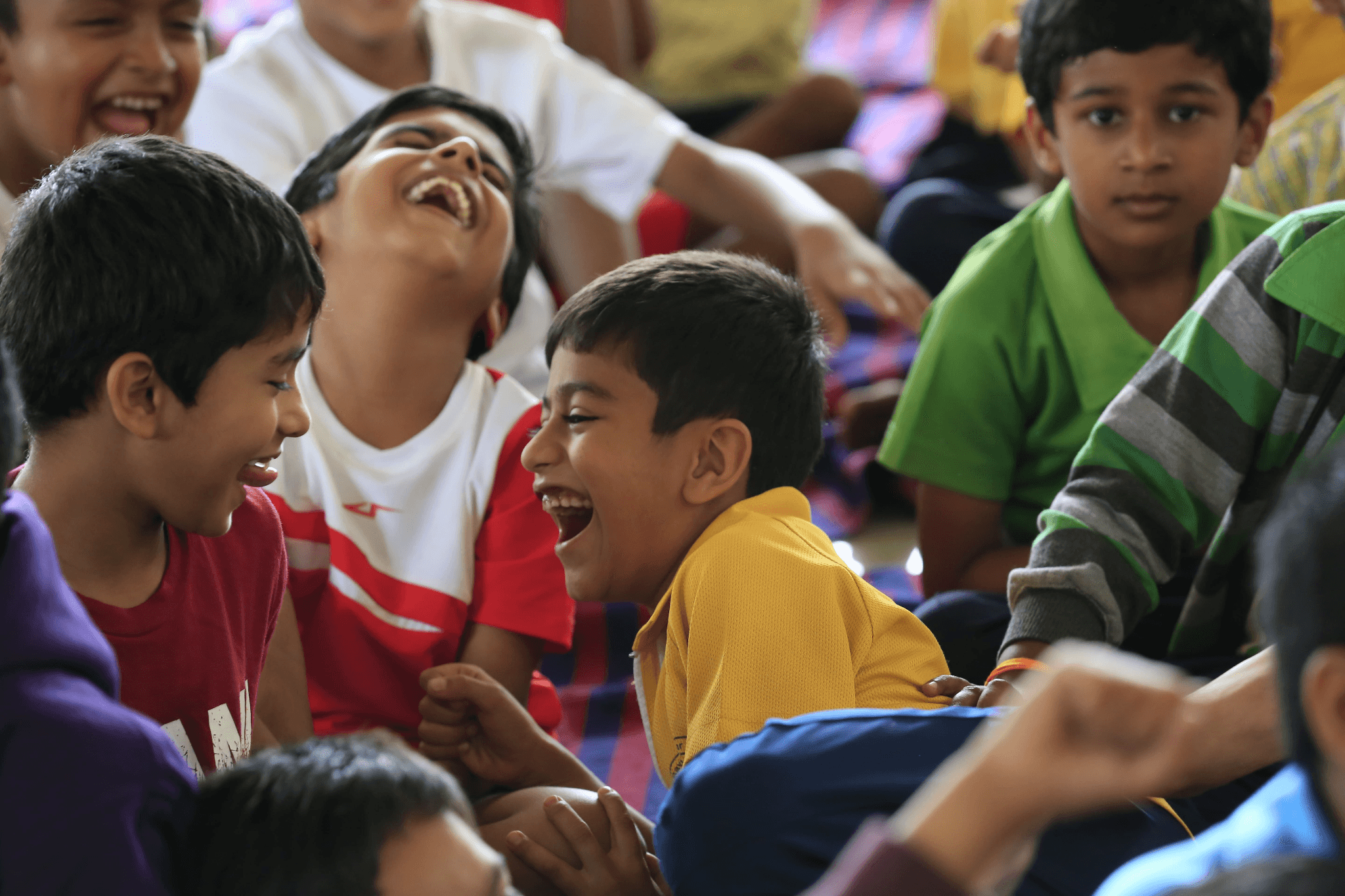How CBSE Schools in India Foster a Joyful Learning Environment
Introduction
Education is evolving beyond textbooks and rigid classroom structures. Today, CBSE schools in India are fostering a joyful learning environment by integrating interactive teaching methods, creative learning activities, and student-centric approaches. When learning is enjoyable, students develop curiosity, confidence, and lifelong learning habits.
A joyful learning environment reduces academic stress and encourages students to explore, innovate, and collaborate. Let’s explore how top CBSE schools in India are transforming education into an engaging and enjoyable experience.
Why a Joyful Learning Environment Matters in CBSE Schools
1. Enhances Student Engagement and Participation
A joyful learning atmosphere encourages active participation, making students more attentive and motivated. Interactive lessons reduce boredom and boost enthusiasm for learning.
2. Reduces Academic Stress and Anxiety
Excessive pressure to perform well in exams can lead to anxiety. CBSE schools in India are adopting stress-free teaching methods to ensure students learn in a healthy and happy environment.
3. Promotes Creativity and Innovation
When students enjoy learning, they become more creative. CBSE schools encourage art, music, drama, storytelling, and project-based learning to foster creative thinking.
4. Strengthens Emotional and Social Skills
A joyful learning environment allows students to express themselves freely, improving communication skills, teamwork, and emotional intelligence.
5. Encourages Lifelong Learning
When students associate learning with positive experiences, they develop a natural curiosity and willingness to explore new subjects throughout their lives.
How CBSE Schools in India Foster a Joyful Learning Environment
1. Interactive and Activity-Based Learning
CBSE schools integrate activity-based teaching methods such as:
Storytelling for language learning
Hands-on science experiments
Gamified mathematics lessons
Creative writing workshops
These activities make subjects more relatable and engaging for students.
2. Project-Based and Experiential Learning
Students are encouraged to learn through real-world projects and hands-on experiences such as:
Science fairs and robotics competitions
Environmental conservation projects
Community-based learning programs
This approach makes education more practical and impactful.
3. Play-Based and Gamified Learning
Play is a fundamental part of joyful learning. CBSE schools in India introduce:
Educational board games for subjects like math and history
Digital gamification tools to make learning interactive
Outdoor learning activities for physical and cognitive development
4. Student-Led Learning and Exploration
CBSE schools encourage students to take charge of their learning through:
Student-driven research projects
Debates, quizzes, and interactive discussions
Exploratory field trips
Giving students more control over their learning increases their engagement and interest.
5. Emphasis on Arts, Music, and Creativity
To ensure holistic development, CBSE schools promote:
Music and dance as part of the curriculum
Visual arts and drama for creative expression
DIY art projects and craft-based learning
6. Technology-Enabled Learning
The use of smart classrooms, AR/VR simulations, and educational apps enhances student interaction. Schools use:
Virtual field trips to explore global cultures and history
AI-powered personalized learning tools
Coding and robotics classes to develop problem-solving skills
7. Mindfulness, Yoga, and Well-Being Programs
A joyful learning environment includes mental and emotional well-being. Schools integrate:
Yoga and meditation for stress relief
Counseling sessions for emotional support
Life skills workshops for personality development
8. Student Clubs and Extracurricular Activities
CBSE schools encourage students to participate in:
Science and technology clubs
Drama and theater groups
Music, dance, and literary societies
Sports and adventure activities
These programs create a vibrant school culture that fosters happiness and creativity.
How CBSE Curriculum Supports Joyful Learning
1. Flexible Learning Approach
CBSE schools follow a student-friendly curriculum, allowing:
Concept-based learning instead of rote memorization
Open-ended questions and critical thinking exercises
Practical assessments over traditional exams
2. Skill-Based Education
CBSE encourages:
Problem-solving skills through STEM education
Communication skills through storytelling and presentations
Leadership skills through group projects and debates
3. Life Skills and Value-Based Learning
The CBSE curriculum integrates:
Moral education for character-building
Life skills training for real-world preparedness
Community service projects to instill empathy
Conclusion
CBSE schools in India are breaking the traditional barriers of education by creating joyful, interactive, and student-friendly learning environments. By integrating creativity, technology, experiential learning, and well-being programs, these schools ensure that students not only excel academically but also develop a lifelong love for learning.
A joyful learning experience prepares students not just for exams but for life, making them confident, innovative, and emotionally strong individuals.
FAQs
1. What makes a learning environment joyful in CBSE schools?
Ans - A joyful environment includes interactive lessons, play-based learning, creativity, and well-being programs.
2. How do CBSE schools reduce academic stress?
Ans - Schools implement stress-free learning methods, mindfulness programs, and experiential education to reduce pressure.
3. Are CBSE schools in India focusing on extracurricular activities?
Ans - Yes, schools emphasize arts, music, sports, and student clubs to ensure holistic development.
4. How does technology improve joyful learning?
Ans - Smart classrooms, AR/VR simulations, and gamified learning apps make education more interactive and engaging.

